Analyses of the skeleton retrieved from the well at Sverresborg in Trondheim in 2016 shed new light on a dramatic story from King Sverre’s saga. Now, researchers know how old the man was, what he looked like, and where in Norway he was from.
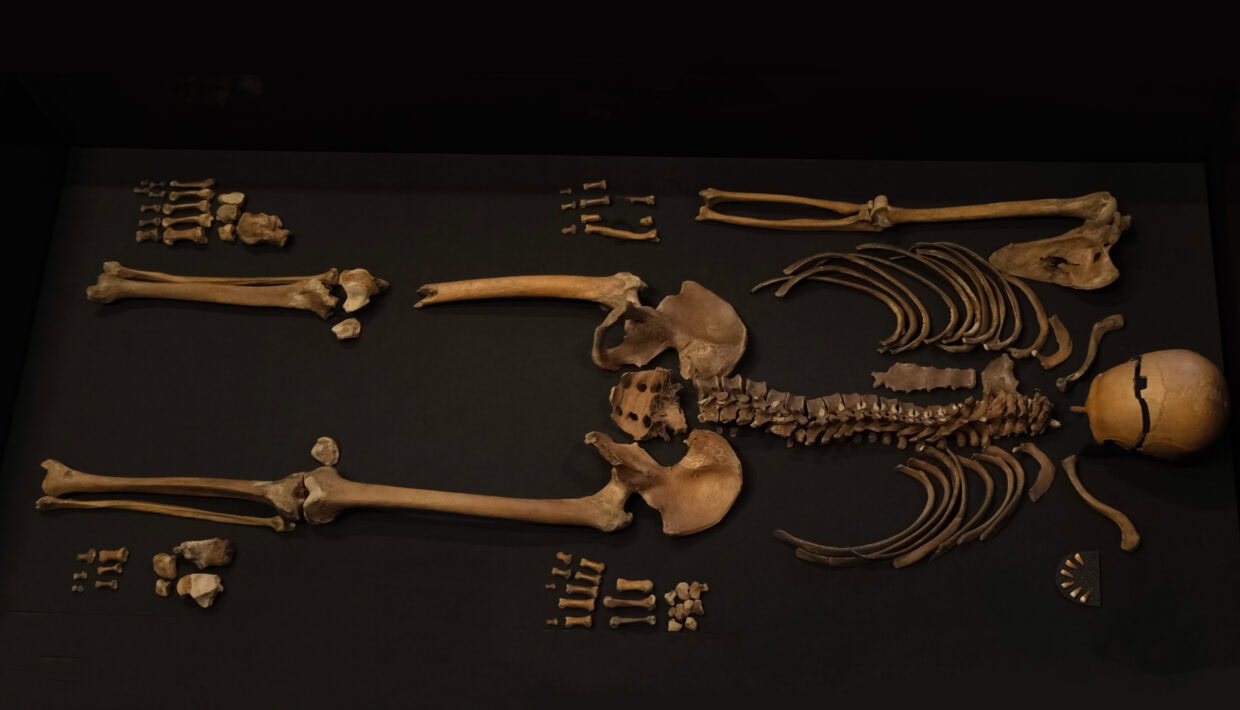

Analyses of the skeleton retrieved from the well at Sverresborg in Trondheim in 2016 shed new light on a dramatic story from King Sverre’s saga. Now, researchers know how old the man was, what he looked like, and where in Norway he was from.
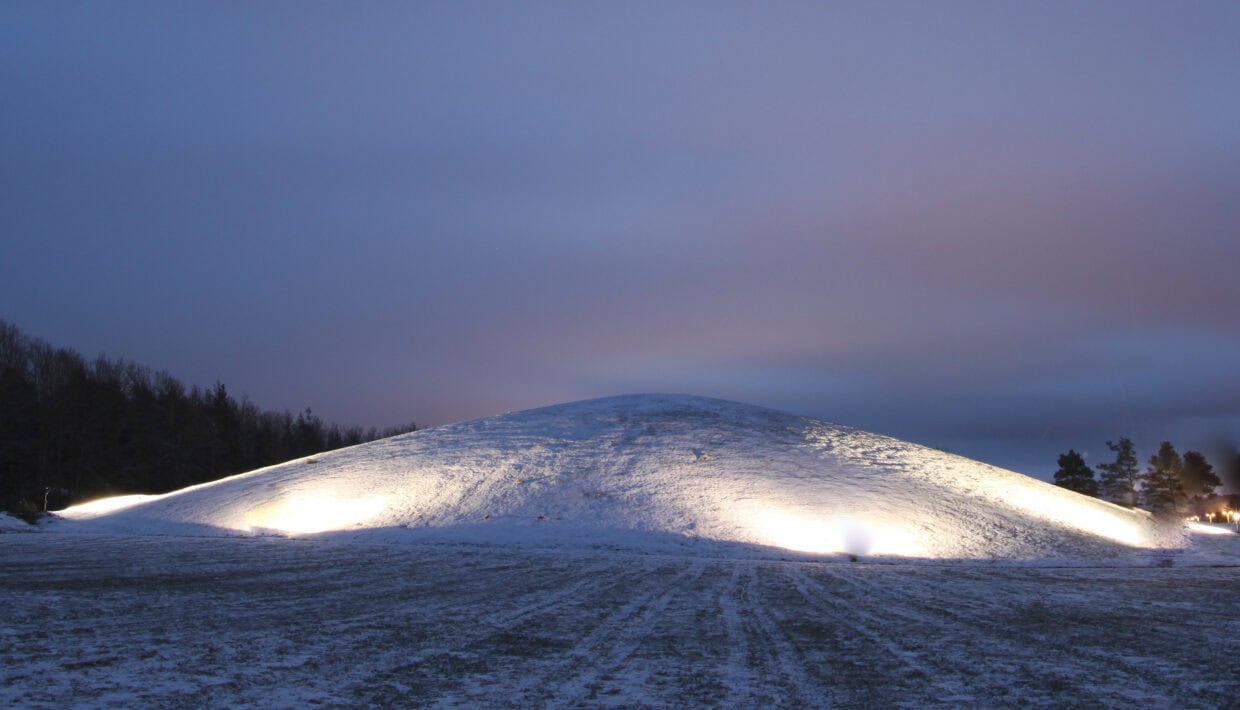
Call for papers for the conference Linking Places in the Emerging Viking Age in Oslo October 17-18th. The submission deadline is 31st May.

The Norwegian Institute for Cultural Heritage Research (NIKU) and AutoAgri are launching a revolutionary self-driving ground penetrating radar (GPR) for archaeological survey. The technology promises increased efficiency, climate friendly solutions, and accurate mapping of hitherto undiscovered cultural heritage.
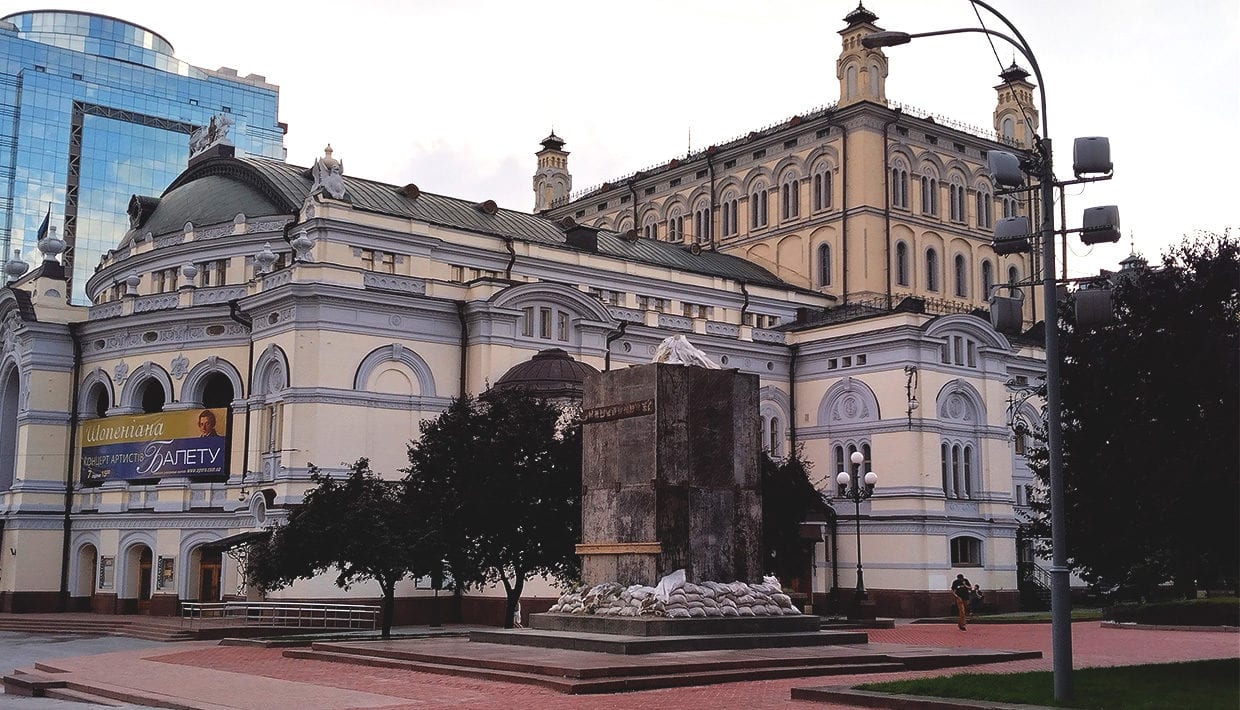
A new international project is to explore how cultural heritage, monuments and the professionals involved in their safeguarding, can be better protected during times of war.
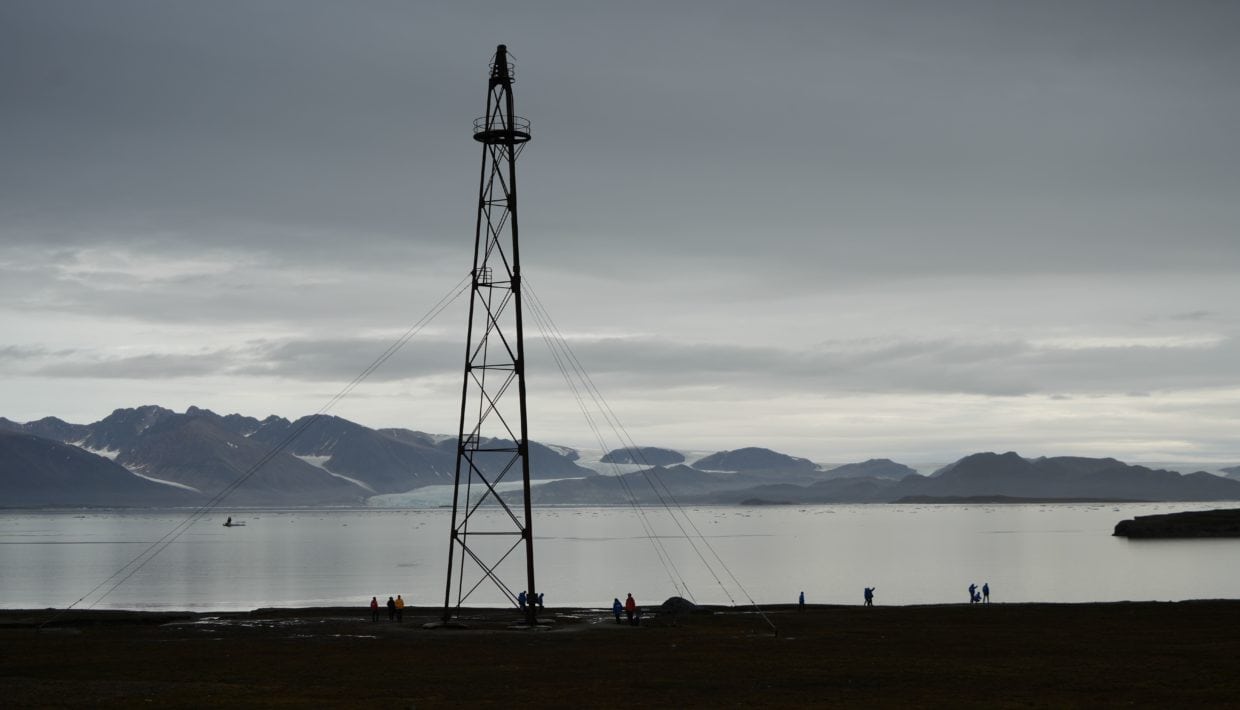
A major research project seeks to find out how cultural heritage in arctic and alpine environments degrade and how they can be preserved.

The Norwegian Institute for Cultural Heritage Research invites researchers, heritage professionals and other interested groups to a week of workshops and lectures based on our collaborations with partners from The University of Stirling and The University of Edinburgh.

Marius Warg Næss from NIKU’s High North Departement at The Fram Centre has received funding from the European research council as one of nine Norwegian researchers. The next five years, he will study how political complexity can evolve from small-scale cooperative groups in nomadic pastoral societies.
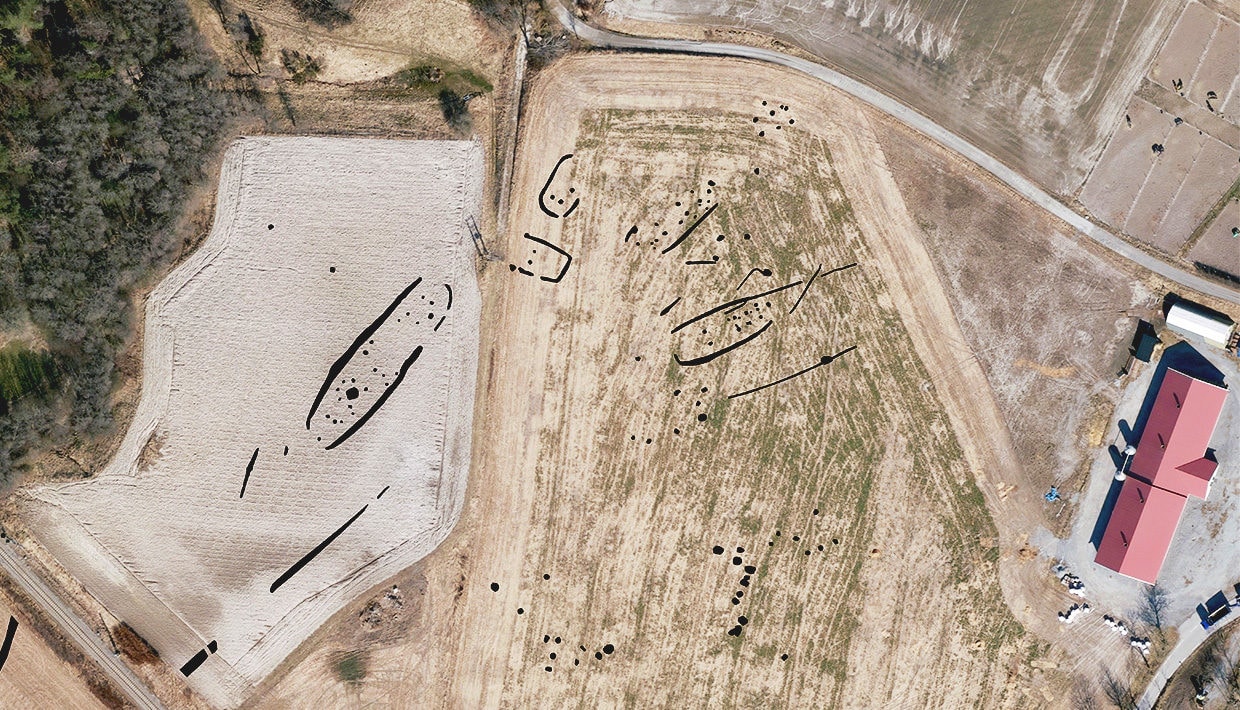
At Gjellestad in Norway, archaeologists from the Norwegian Institute for Cultural Heritage Research (NIKU) have found a 60 metre longhouse. There is no longer a doubt that Gjellestad, where the same team discovered a Viking ship in 2018, has been a central place in the late Nordic Iron Age. In the next few years, researchers will hopefully find the answer to how Gjellestad became such an important place.
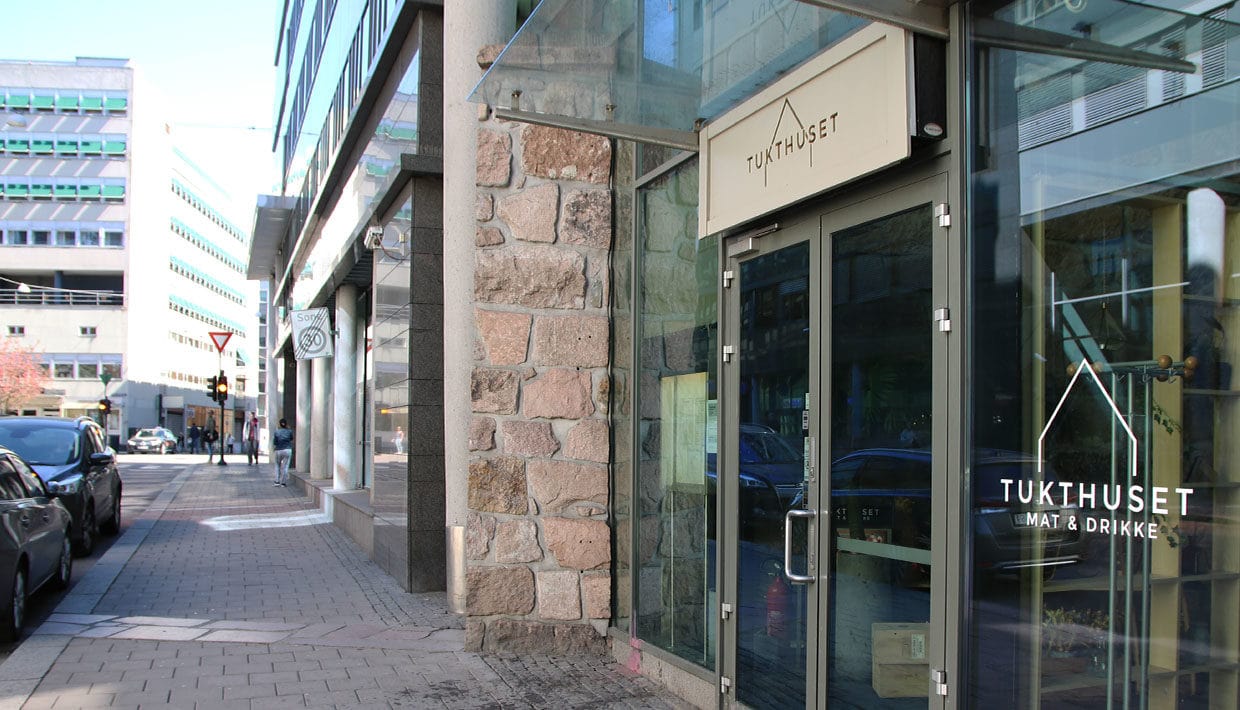
An international research project aims to develop methods to assess the value of historical structures in urban planning. The unusual name is an abbreviation of ‘Curating Sustainable URBAn Transformations through HERItage’ – CURBATHERI.
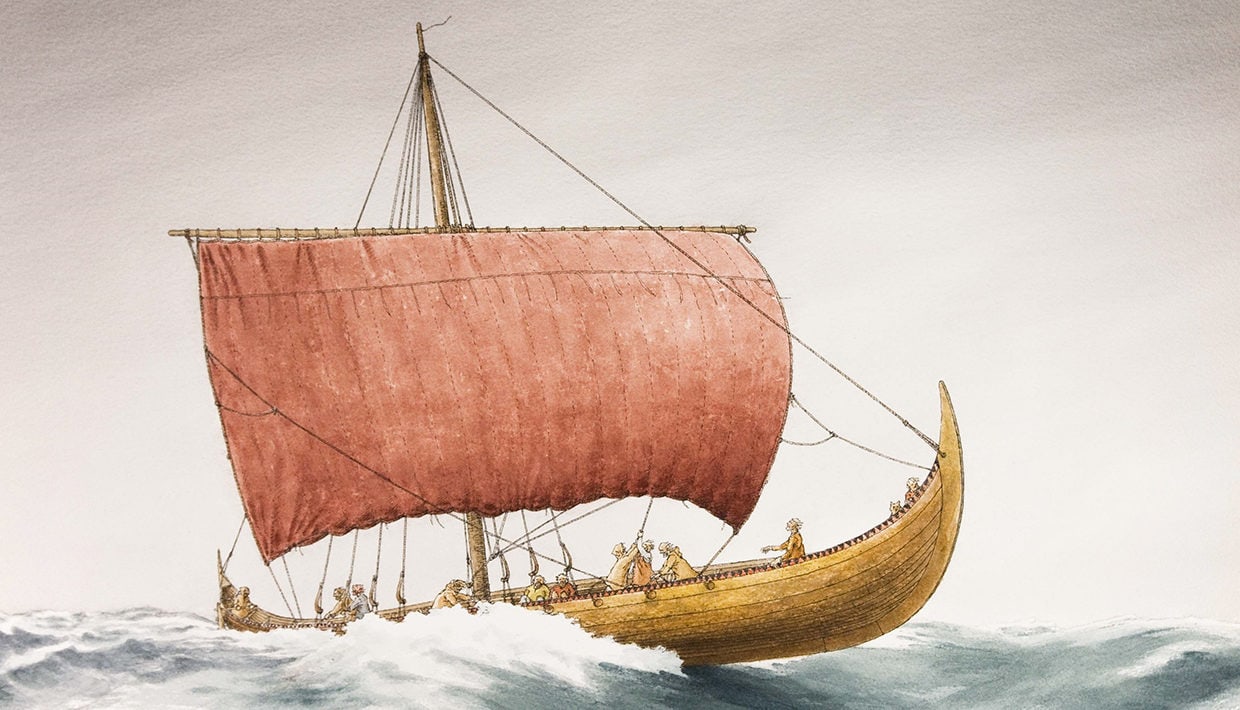
The Tune ship was found in 1867, but what it looked like and how it was used for has long been a mystery. 150 years after the discovery of the ship, archaeologist and researcher Knut Paasche has created a digital reconstruction of the ship that has revealed many of its mysteries.
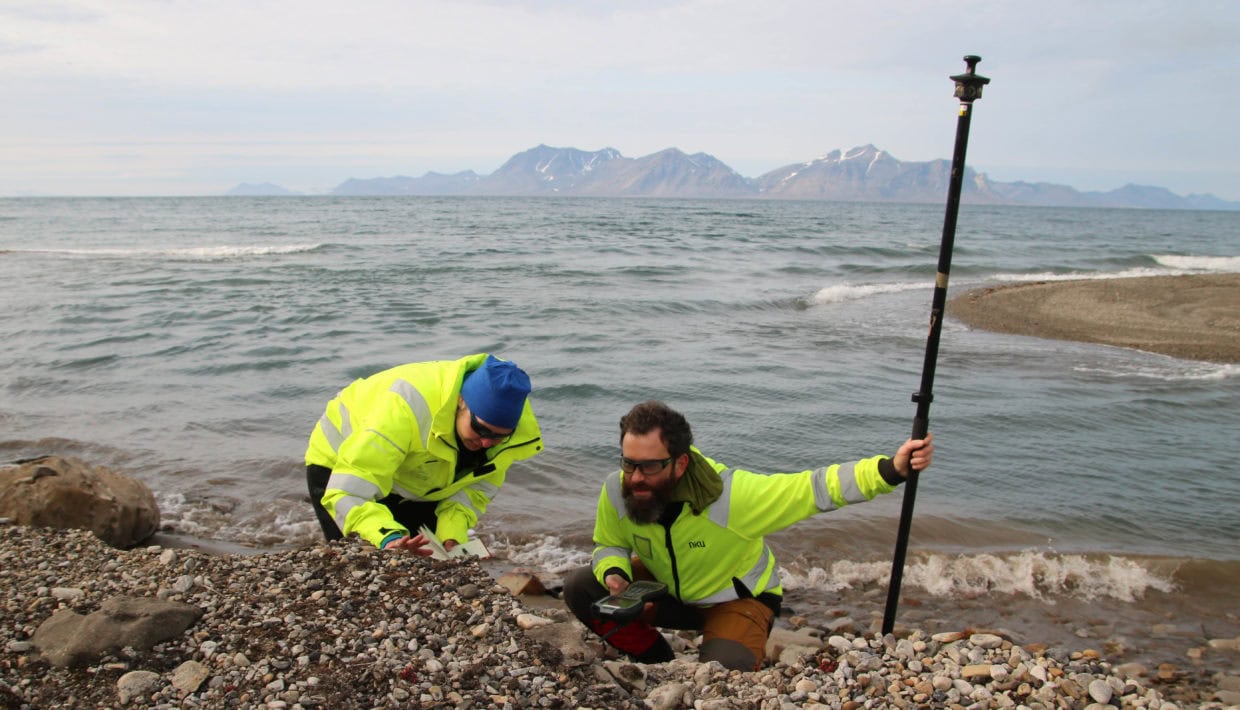
But the grave and the story behind it is already disappearing in the fjord.

Researchers from NIKU have published a new article on the means and approaches Norwegian museums use to involve immigrants in museum work and how they include the stories and experiences of modern migrants in their collections.